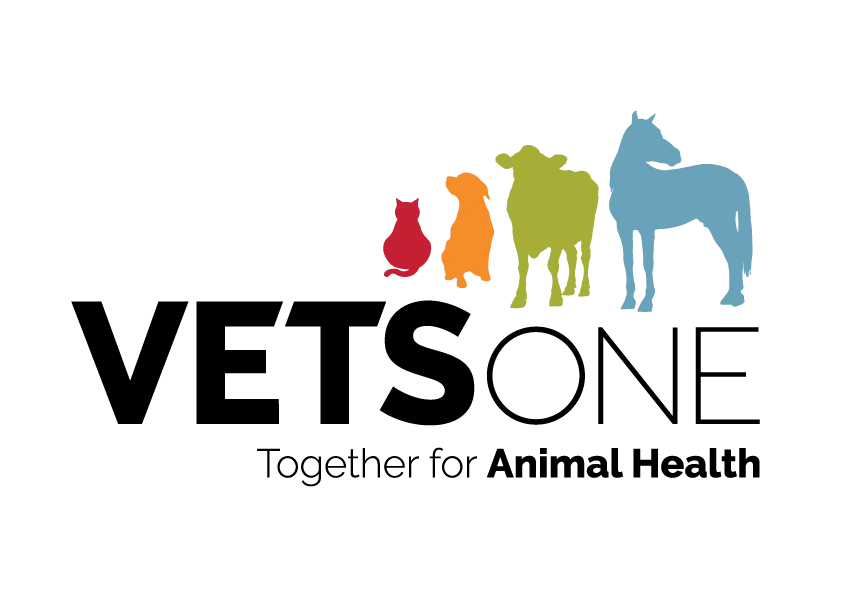In this issue, we are highlighting keeping your family safe over Summer. The first half of the newsletter looks at issues that can affect your pet, and how best to avoid them or reduce their impact. The second half of the newsletter outlines the measures we are taking to keep you safe as we operate in the COVID environment. We hope that you find this information useful.
 Summer Safety – Beating the Heat
Summer Safety – Beating the Heat
The most obvious impact of Summer is the heat that we experience, no-table especially in Hawkes Bay. Heat Stroke is a life threatening condition, as is the respiratory distress that can be seen in brachycephalic (short nosed breeds) when they overheat. We commonly see deaths each year due to one or both of these conditions. As the body overheats, the pet goes into organ failure and shock, and once underway, these changes can be difficult/impossible to reverse, even once the tempera-ture is normalized. Yet, it is very easy to prevent. Here are our recommendations;
Keep animals trim: Overweight animals carry a layer of insulation that significantly increases their body temperature. Why don’t you make use of our FREE weight and condition score assessment by our friendly nursing team?
![]() Keep animals cool: Ensure pets have a shady place to rest. Avoid strenuous exercise in the heat of the day. Don’t leave pets unattended in cars
Keep animals cool: Ensure pets have a shady place to rest. Avoid strenuous exercise in the heat of the day. Don’t leave pets unattended in cars
Keep pets hydrated: Pets should always have ample fresh drinking water available. A medium dog could drink up to 2 litres per day, especially when on a dry food diet. Be vigilant for signs of heat stroke: Early signs include; panting/open mouthed breathing/shallow, rapid breaths, lack of energy/lying around, seeking shade, un-coordinated/drunken movement progressing to seizures or unconsciousness. This is an emergency. If you feel your pet may be suffering from heat stroke or respiratory dis-tress, first, place your pet somewhere cool/shaded then call the clinic immediately.
Q: What colour do cats like the most?
A: Purrr-ple.
Dangers around the home
Certain problems that impact our pets are much more common in Summer. These include;
Barley Grass: Seed heads can work their way into ears, under eyelids and under skin, and can even be inhaled. Avoid taking pets into areas with barley grass is the best approach. Grooming long-haired pets, including their feet and ears is also helpful.
 Summer BBQs: Don’t we all love summer BBQs. Unfortunately, they are full of hidden dangers for your pets. Corn cobs and chop bones are common culprits for foreign body blockages and should be avoided. Watch your pets access to rubbish bins. Onion is also nasty for pets in large volumes.
Summer BBQs: Don’t we all love summer BBQs. Unfortunately, they are full of hidden dangers for your pets. Corn cobs and chop bones are common culprits for foreign body blockages and should be avoided. Watch your pets access to rubbish bins. Onion is also nasty for pets in large volumes.
Chocolate: Whilst we are talking about food, chocolate is also toxic to our pets, and it doesn’t take much. At VetsOne, we have seen “help yourself to the wrapped, but smells like something yummy, presents under the Christmas Tree trick”. Be aware of this trick.
Pools: Unfortunately, we have seen our share of accidental drownings of pets. Make sure they are protected from access the same way a child would be.
Algal blooms: are more common in Summer; being concentrated by slower flows in creeks and rivers. If your regular walking route includes access to waterways, watch council websites for warnings. Blooms can be fatal, so keep your pets away from affected waterways.
 Gardens: It is common to want to plant and prune lead-ing into the summer months. Be aware that some plants are toxic to our pets. Bulbs are usually the biggest offend-er, so ensure these are buried and not lying around. Other poisonous plants include; lily, oleander, rhododendron and cyclamen.
Gardens: It is common to want to plant and prune lead-ing into the summer months. Be aware that some plants are toxic to our pets. Bulbs are usually the biggest offend-er, so ensure these are buried and not lying around. Other poisonous plants include; lily, oleander, rhododendron and cyclamen.


 Summer Safety – Beating the Heat
Summer Safety – Beating the Heat
